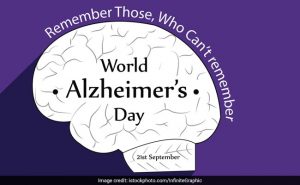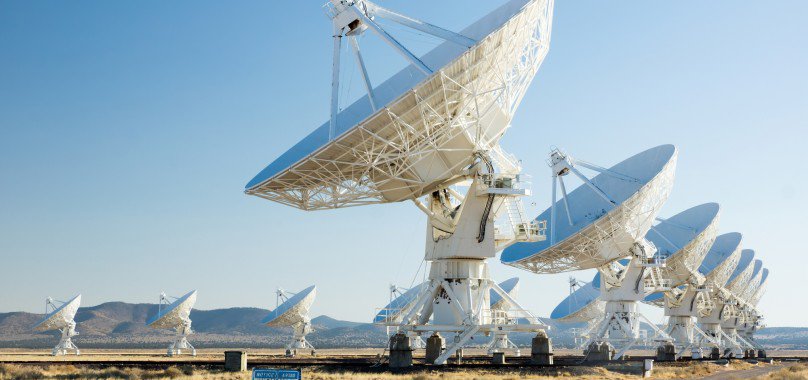 Science is highly diverse. Each year, World Science Day for Peace and Development offers an opportunity to demonstrate why science is relevant to people’s daily lives and to engage them in debates on related issues. In 2016, the celebration focuses on science centres and science museums to highlight their important contribution to science communication.
Science is highly diverse. Each year, World Science Day for Peace and Development offers an opportunity to demonstrate why science is relevant to people’s daily lives and to engage them in debates on related issues. In 2016, the celebration focuses on science centres and science museums to highlight their important contribution to science communication.
Citizens’ participation in governance is the core of democracy and an indispensable prerequisite for the empowerment of people. Science communication is crucial for public participation and engagement and in this regard, science centres and museums’ role goes beyond providing information on scientific issues. They are places where people can come together and explore the very mysteries that make up our world. They are fostering creativity, increasing scientific literacy, supporting teachers to inspire their students in STEM, improving the quality of science education and promoting learning experiences within a social context, as well as changing possible negative perceptions of the impact of science on society, thus attracting youths to science careers and encouraging them to experiment and expand our collective knowledge.
Proclaimed by the UNESCO General Conference (Resolution 31C/ 20) in 2001, the World Science Day for Peace and Development is an annual event celebrated all over the world to recall the commitment made at the UNESCO-ICSU World Conference on Science (Budapest 1999).
The purpose of World Science Day for Peace and Development is to renew the national, as well as the international commitment to science for peace and development and to stress the responsible use of science for the benefit of society. The World Science Day for Peace and Development also aims at raising public awareness of the importance of science and to bridge the gap between science and societies.


 World Telecommunications Day celebrates the constant evolution of one of the most important factors of our lives: communication. The main goal of World Telecommunications Day (WTD) is to highlight the importance of communication and how information travels across the world. It also aims to increase awareness of how crucial communication is in our lives, and stimulate the development of technologies in the field.
World Telecommunications Day celebrates the constant evolution of one of the most important factors of our lives: communication. The main goal of World Telecommunications Day (WTD) is to highlight the importance of communication and how information travels across the world. It also aims to increase awareness of how crucial communication is in our lives, and stimulate the development of technologies in the field. Dr. Parkinson first described the disease in “An Essay on the Shaking Palsy”, he described a pattern of lessened muscular power, involuntary tremulous motion, even if these are supported. There is at tendency to bend the body forwards, and to involuntarily switch from a walking to a running pace, while the sense and intellect deteriorate.
Dr. Parkinson first described the disease in “An Essay on the Shaking Palsy”, he described a pattern of lessened muscular power, involuntary tremulous motion, even if these are supported. There is at tendency to bend the body forwards, and to involuntarily switch from a walking to a running pace, while the sense and intellect deteriorate.
 The 2016 theme for International Women’s Day is “Planet 50-50 by 2030: Step It Up for Gender Equality”. The United Nations observance on 8 March will reflect on how to accelerate the 2030 Agenda, building momentum for the effective implementation of the new Sustainable Development Goals. It will equally focus on new commitments under UN Women’s Step It Up initiative, and other existing commitments on gender equality, women’s empowerment and women’s human rights.
The 2016 theme for International Women’s Day is “Planet 50-50 by 2030: Step It Up for Gender Equality”. The United Nations observance on 8 March will reflect on how to accelerate the 2030 Agenda, building momentum for the effective implementation of the new Sustainable Development Goals. It will equally focus on new commitments under UN Women’s Step It Up initiative, and other existing commitments on gender equality, women’s empowerment and women’s human rights. Rare Disease Day takes place on the last day of February each year. The main objective of Rare Disease Day is to raise awareness amongst the general public and decision-makers about rare diseases and their impact on patients’ lives.
Rare Disease Day takes place on the last day of February each year. The main objective of Rare Disease Day is to raise awareness amongst the general public and decision-makers about rare diseases and their impact on patients’ lives.